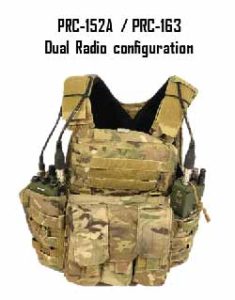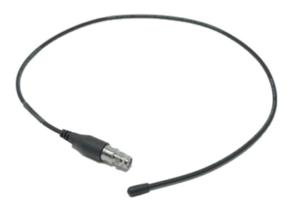Today’s soldier is often required to carry multiple radio systems for a single mission. As a retired Combat Controller, it didn’t take long to see the many benefits of swapping traditional handheld tactical radio antennas with Mastodon antennas. Additionally, most “next-generation” radios have dual channels and GPS; therefore, a single device may require three or more antennas. On today’s battlefield, and certainly the next contested/ near-peer fight, soldiers will depend on a multitude of communication networks and Video Downlink (VDL) feeds to enhance combat effectiveness. While these communication networks improve situational awareness, force protection, and lethality, they also can be cumbersome and impractical for a dismounted soldier who must carry multiple antennas to utilize them.
Traditional tactical radio antennas snag on equipment, interfere with line of sight, and create a sizeable visual profile of the soldier, making them an easier target. Many soldiers fold the antennas or remote them to their back to reduce signature and interference with their primary mission tasks, but these “fixes” significantly reduce antenna performance.
Mastodon Design’s RF engineers have decades of experience designing tactical radios and antennas. Mastodon Design’s Scourge antennas are a family of flexible, ultra-lightweight antennas designed for tactical military operations. Utilizing the help of real-world SOF inputs, the Scourge antenna was designed to be routed through MOLLE and uses a TNC connector to work with fielded tactical radios. The streamlined design allows soldiers to weave the antenna through their equipment to reduce target profile, save space, and prevent snags while increasing their communication signal gains. These antennas are currently being fielded by USSOCOM units and provide increased range and performance with a drastic reduction in size, weight, and profile.


The Scourge antennas work with the dismounted soldier kit in a way that does not impede their movement, create snag hazards, or reduce antenna performance. Additionally, the antenna’s placement over the soldier’s shoulder alleviates poor performance in the prone position. Whereas, this design improves omnidirectional performance caused by body masking. This positioning also eliminates the “cone of silence” that occurs directly above a traditional antenna, a common problem with helicopter operations.
Mastodon Design Scourge antennas are a must for anyone in the communications business while on the battlefield.
